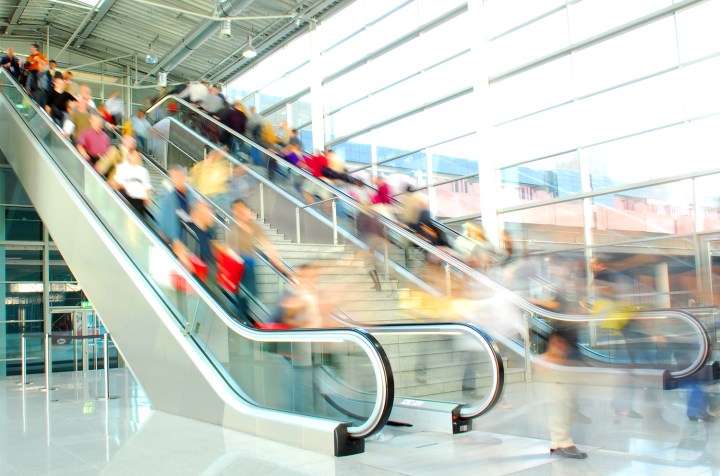
Customers would pay by way of preloaded card information in their digital wallet, or they could even choose to pay via cash when all is said and done. But regardless, this new checkout method would rid shoppers of lines and the endless frustration of trying to cancel that annoying “a representative has been notified to assist you” message. Best of all, Diebold says, such a checkout process has the potential to “increase consumer loyalty through the use of stored-value cards, mobile marketing campaigns, and membership rewards programs.”
It hasn’t been implemented anywhere yet, as the proposed Diebold app is currently naught more than an idea. But the company will showcase the concept in its entirety on Sunday at the New York NRF “BIG” Show.
“As a proven leader in delivering financial service solutions to top retailers, we see many similarities between the worlds of banking and retail. Our omni-channel expertise has enabled us to reimagine the use of our fast, secure ATM technology to power the new, mobile-enabled self-checkout,” said Frank Natoli, Diebold executive vice president, self-service technology. “A convergence of the ATM, self-checkout and mobile would not only deliver speed and convenience to consumers, but also standardizes all cash handling into a single automated experience.”
Editors' Recommendations
- AMD’s new CPUs let you play Cyberpunk without a graphics card
- Netgear’s new M6 Pro router lets you use fast 5G anywhere you go
- This new Best Buy program lets you lease a MacBook
- The new Wyze Cam Pan v2 lets you set up a custom patrol route
- Freaky new A.I. scans your brain, then generates faces you’ll find attractive


